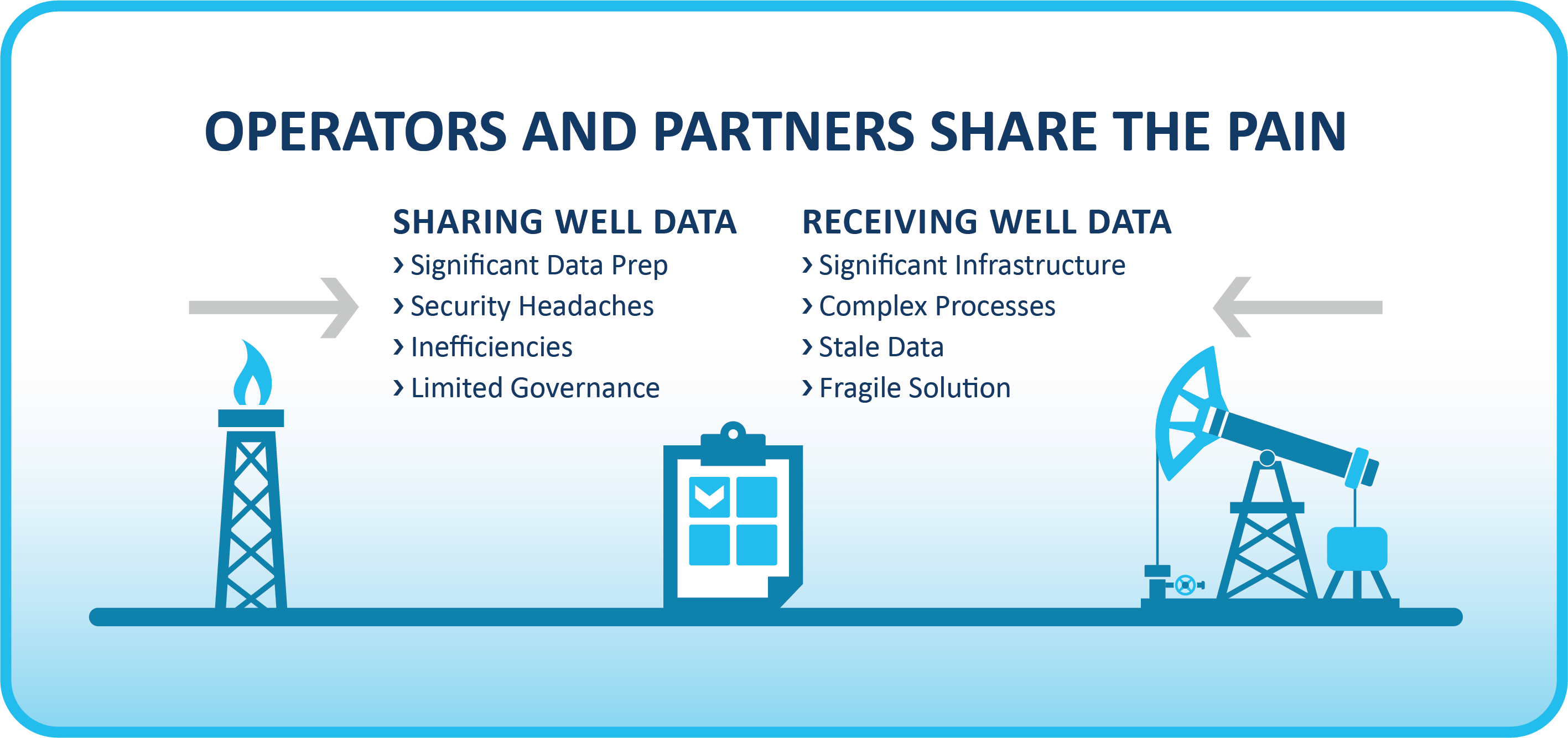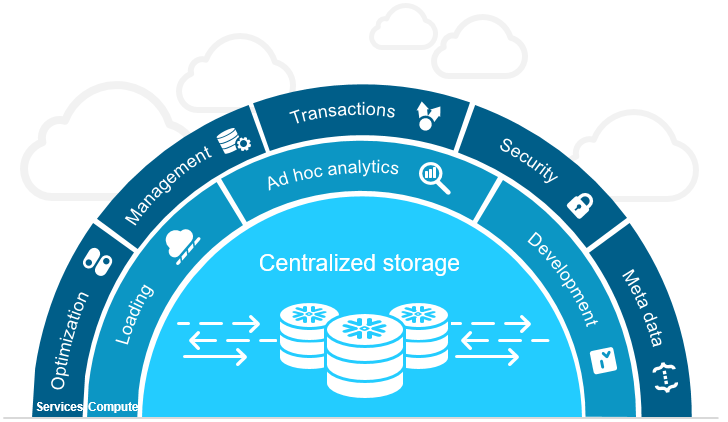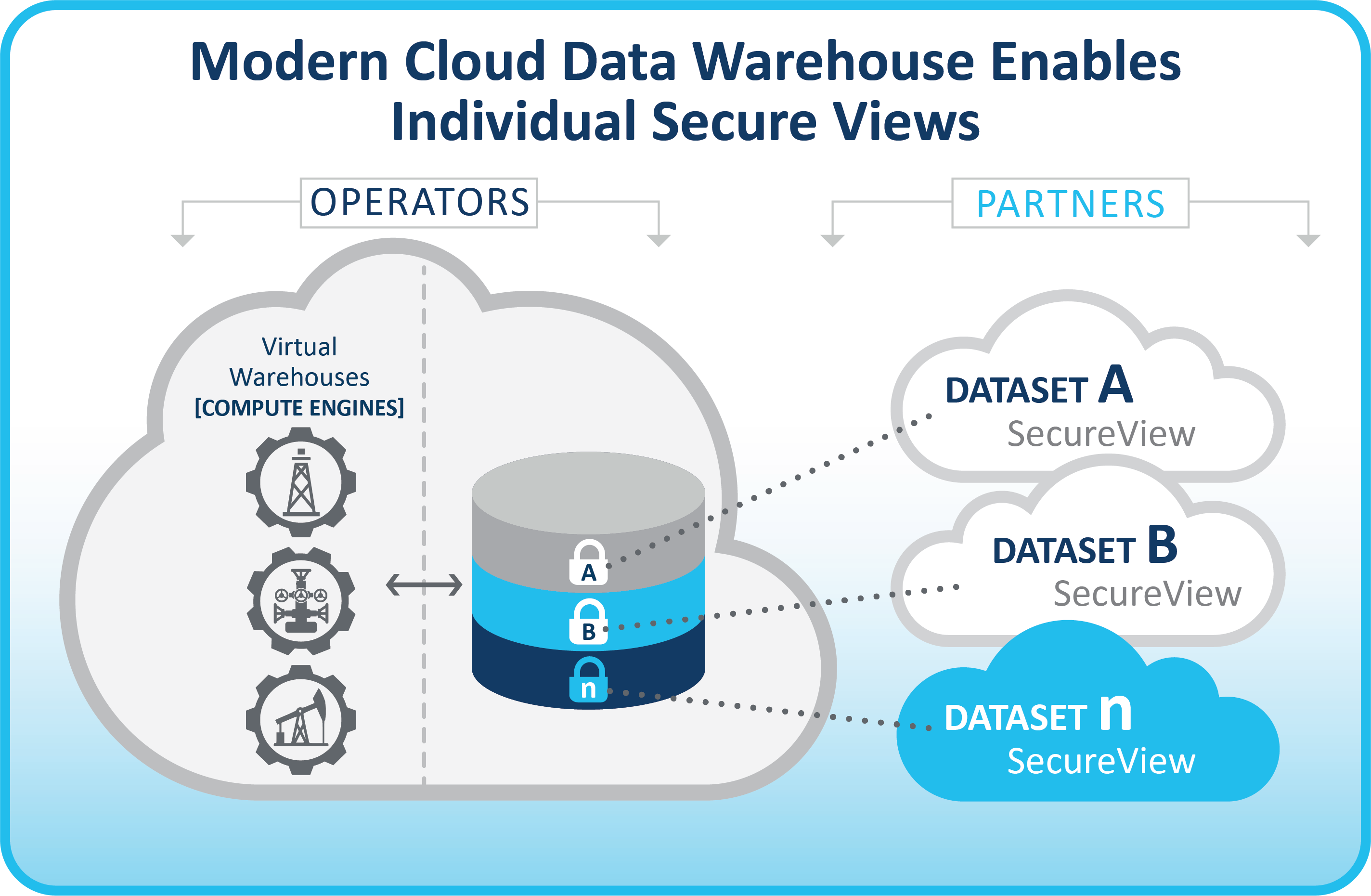In the upstream oil and gas industry, drilling and completing a well is a multi-million dollar undertaking. To reduce risk, operators typically share ownership in wells with other parties—called non-operating working interest partners—to jointly split the expenses and the production (ultimately revenue) that comes from the hydrocarbons over the life of the well. Multiple data sets must be shared at different frequencies with each partner to inform them of various drilling, completing or operational activities occurring within wells with a shared interest.
Current Approach
Historically, these data sets have been pushed to each partner in the form of files or documents. Each operator is responsible for creating and managing processes for securely extracting, publishing and filtering content for each partner. Each partner must, in turn, create processes to receive or extract content from each operator to provide visibility into current activity and allow proper forecasting of expenses and revenues.
While various exchanges have been established over the years to standardize data sharing in the upstream industry, no universal solution has been broadly adopted in the oil and gas industry. However, technology innovators like Snowflake are offering a new, potentially game-changing solution to oil and gas production data sharing.
The Snowflake Solution
Snowflake provides a modern cloud data warehouse platform that can grow and scale on demand utilizing three key architectural innovations:
- Decoupling of storage and compute
- Multi-tenant metadata, security and transactional management
- Unlimited concurrency
While the Snowflake solution provides unlimited scalability and storage for internal uses, it also provides sophisticated data sharing features that simplify data sharing between parties.
Key data sharing benefits of the Snowflake cloud data warehouse platform include:
- Eliminates movement and copying of data. Access is secure, direct and real time.
- Enables data sharing without added costs. This eliminates duplicative costs of building infrastructure needed to store as consumers view data directly.
- Supports unlimited data providers and consumers.
Setting Up Data Sharing in Snowflake
Data sharing is easy to establish and manage within the Snowflake environment. At a high level, operators can make well data available to partners by following a few steps.
- Load desired well data into Snowflake. Operators with existing Snowflake-based data warehouses can skip this step since the desired content would already exist in Snowflake.
- Create a share. A share in Snowflake effectively creates a “placeholder” that houses references to the actual database and shared database objects.
- Add privileges for objects in the share. Operators grant usage on the appropriate database, schemas and tables
- Grant access to the share for the partners. Operators add the appropriate partner accounts to the share.
In many cases, an operator will need to limit shared content to specific wells and specific partners. Data sharing with Snowflake can be limited by creating secured views which control columns and/or rows available based on partner. NOTE: A more in-depth discussion of the data sharing security considerations, design options, syntax and setup steps will be the subject of a future blog post.
Summary
Data sharing is a core requirement for oil and gas organizations. Historically, transmission of data, files, FTP and email have been the tools of choice for exchanging information between organizations. With data sharing on the Snowflake platform, the setup time, infrastructure, and overhead associated with the overall process can be drastically reduced as data is securely exposed and accessed in place by operators and their partners.
To learn how Stonebridge can help you take advantage of Snowflake’s cloud data warehouse platform, contact us.





